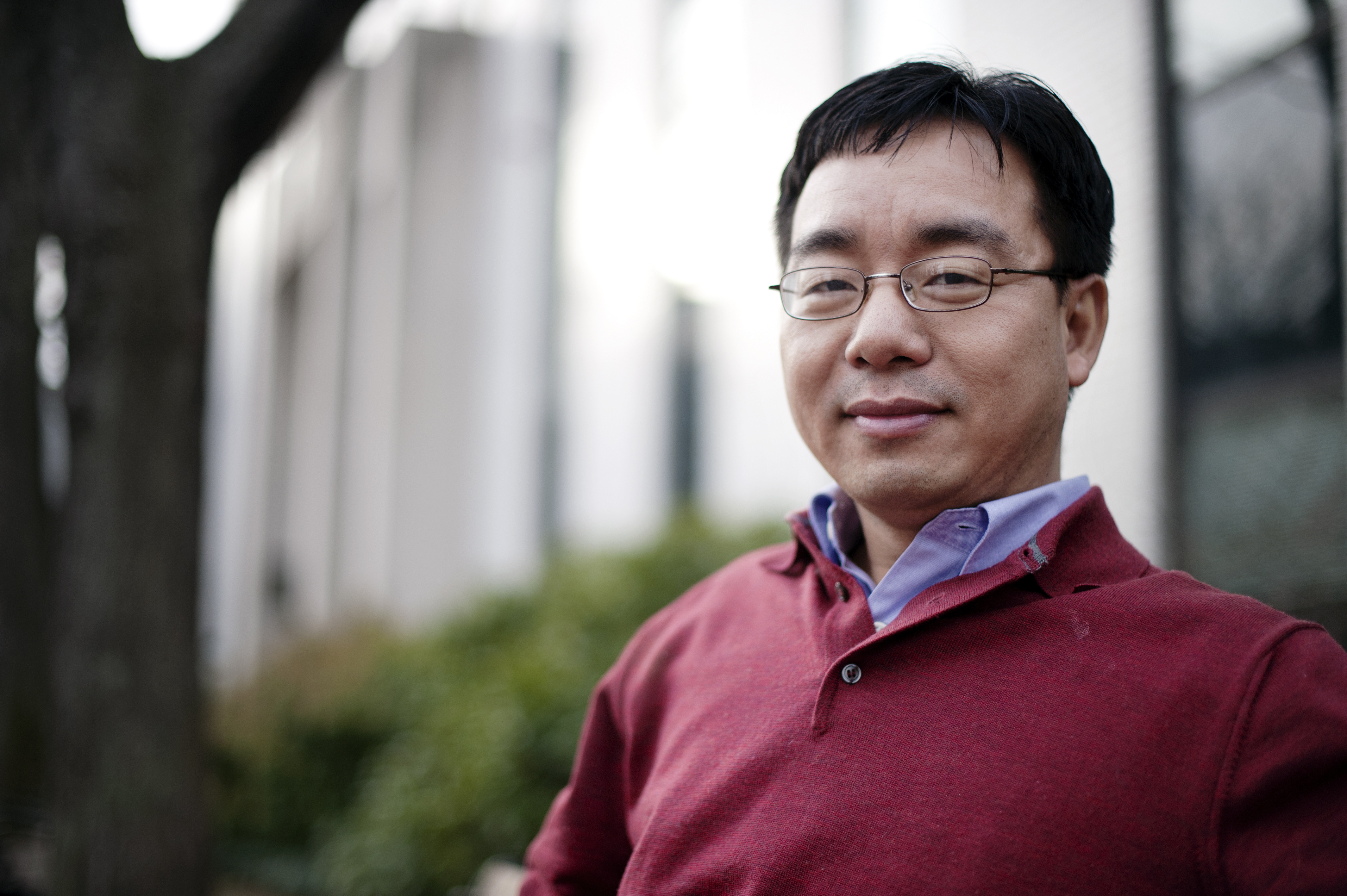By Gwendolyn Schanker, Journalism and Biology, 2018
Kevin Gozzi started working in assistant professor Win Chai’s microbiology lab during his first month at Northeastern. Now, the fourth-year biology student is the co-first author of the lab’s most recent publication, which centers on chemical signals that stimulate bacterial biofilm formation and the underlying mechanisms. Basically, when it comes to involvement in on-campus research, Gozzi is living every science major’s dream.
“My freshman year I emailed [Chai] asking if I could work in his lab,” Gozzi said. “As I got into the project, I became more and more excited about it.”
Throughout the past few years, Gozzi has worked closely with Chai to examine the signals that trigger biofilm formation in bacteria, citing volatiles – or airborne compounds that can assist in cell-to-cell communication – as the primary factor.
“It’s well known that many bacterial species can transmit small volatile chemicals through the air,” Chai said. “Bacteria are able to sense those airborne signals in the environment. It’s like a language for them.”
Using that language is one of the main ways that bacteria communicate and undergo biofilm formation. A biofilm is a multicellular community that microorganisms develop to adhere to a surface – dental plaque is an example – and is a growing issue due to the ability of these aggregated microorganisms to resist antibacterial agents. This can cause contamination in medical equipment or infection in patients with indwelling medical devices, such as catheters.
“People claim that biofilm formation is one of the main reasons that bacteria become antibiotic resistant, or tolerant in some cases,” Chai said.
The researchers’ mission is to understand the mechanism of biofilm formation well enough to “prevent the bacteria from talking to each other,” as Gozzi puts it.
Their paper, published in June in MBio, the flagship journal of the American Society for Microbiology, examines this mechanism in detail using acetic acid, a molecule with a strong biofilm-stimulating effect, as an example. They examined mechanisms of producing, sensing, and responding to acetic acid for the soil microorganism Bacillus subtilis, also touching on the same process for the pathogen Staphylococcus aureus.
The researchers describe acetic acid as “a potent volatile in stimulating biofilm formation,” noting that not only can acetic acid respond to environmental factors to trigger biofilm formation, it can also coordinate the timing of the process. The paper outlines some of the key mechanisms involved in biofilm formation for both B. subtilis and S. aureus, which has become more dangerous through the evolution of antibiotic resistance.
The publication represents a major breakthrough for biologists who understand the what, but not the how, of airborne cell-to-cell communication. The next step, Chai says, is to conduct further investigation of how S. aureus and other pathogenic bacteria use volatile sensing to coordinate social activities, including antibiotic resistance.
“All these molecules and genes in the sensing pathways are conserved,” Chai said. “This gives us hope that a similar sensing mechanism will also be present in other bacteria.”
Over the past couple of months, the researchers have expanded their focus to how volatiles factor into interspecies relationships: for example, whether bacteria communicate with plants in the same way they communicate with one another.
“We are really interested in learning whether similar cell-to-cell communication is widespread in other species, which will hopefully give us a new idea about how we can combat pathogen biofilm formation,” Chai said.
Gozzi, now embarking on his fourth year of microbiology research and his second co-op in Chai’s lab, is the team leader on that project. He’s also serving as a supervisor to several other undergraduates in the lab, a role normally assigned to graduate students.
“It helps me understand what I’m teaching better,” Gozzi said of the mentoring process. He will be graduating in the spring and is currently in the process of applying to PhD programs.
“I think the experience in the lab has shown me what academia is like,” he said. “I can put a lot of effort into a project and feel like I contributed in a great way rather than as just an extra set of hands.”
For his part, Chai hopes to advocate to increase the amount of undergraduate research opportunities at Northeastern, and to provide funding for students who want to do a co-op in a research lab on campus.
“It’s very enriching for the students,” Chai said, citing Gozzi as a key example. “If they’re here for six months, they’ll get the training and eventually be assigned to their own projects.”

